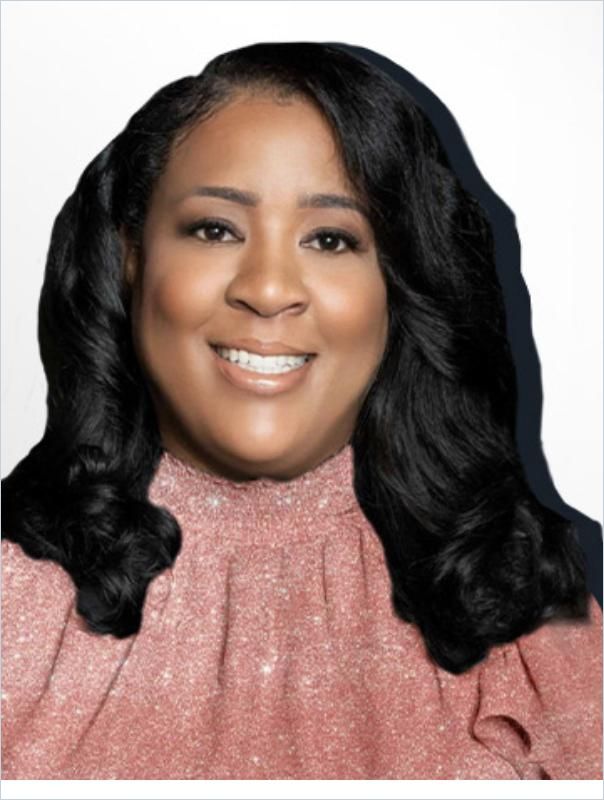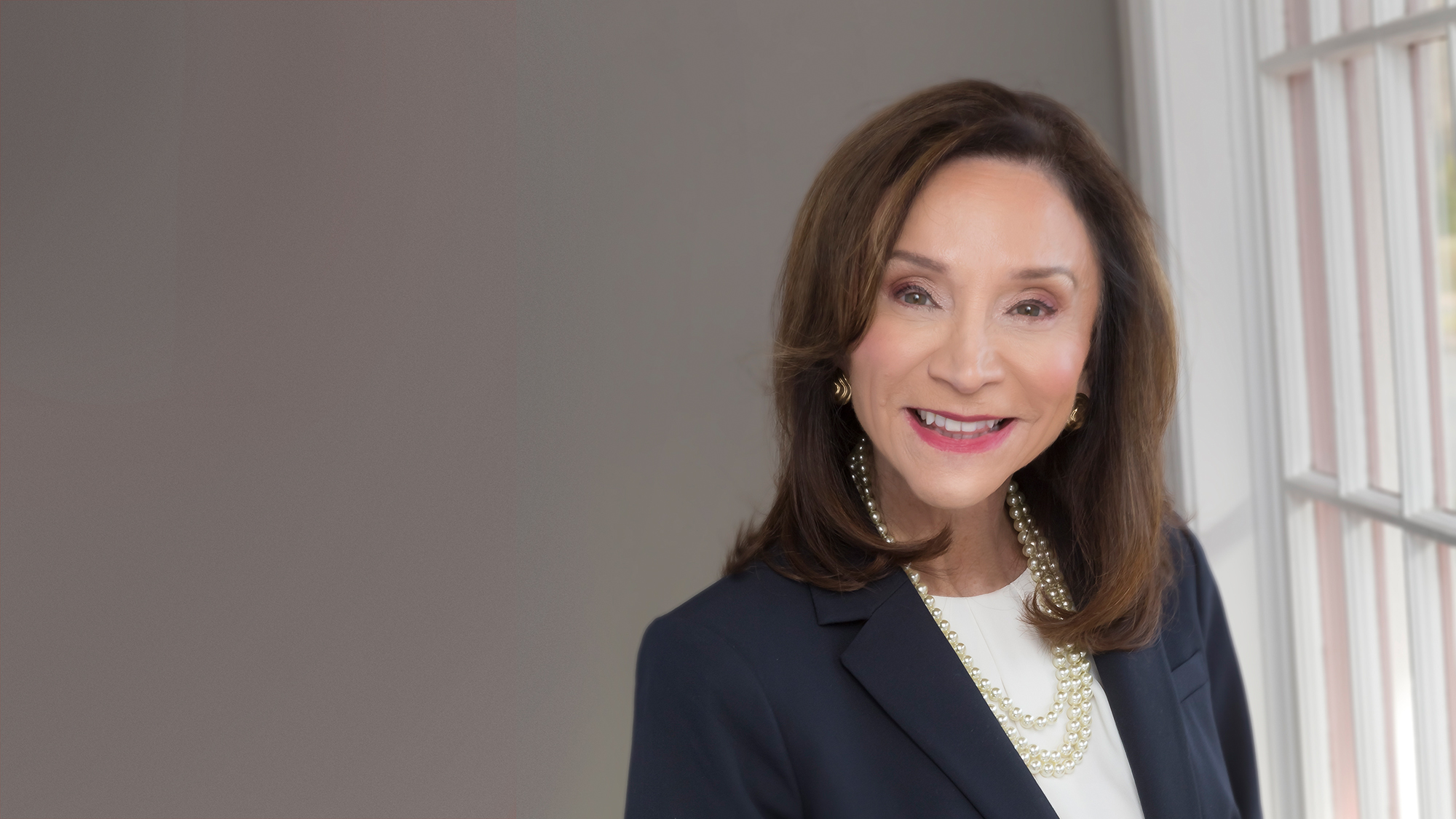People Will Only Leave Their Comfort Zone from a Safe Place

Companies navigating a rapidly changing environment depend on an agile, innovative workforce. But team members won’t volunteer their ideas, challenge outdated work processes and be proactive learners if they don’t have one thing first: psychological safety.
How can leaders increase psychological safety in their teams? According to a new book by Timothy R. Clark, leaders must consider four stages of psychological safety to create the conditions for people to express themselves fully and perform to their potential at work.
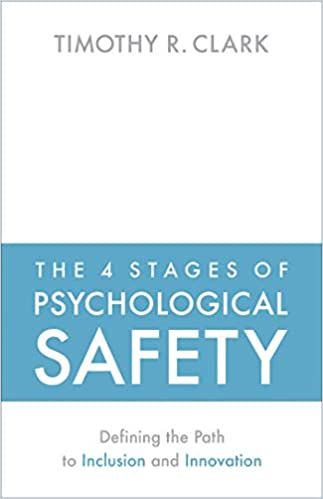
1. Make People Feel Included
Clark calls the first stage of psychological safety “inclusion safety” – giving everyone the feeling that they fully belong and are accepted as an equal member of the team.
All employees need to experience trust and psychological safety to reach their highest potential to create, innovate and perform in the workplace. No organization is safe – nor can it reach its full potential – until everyone who works there feels safe enough to offer the best of themselves.
When leading a diverse workforce, this is easier said than done. Diversity does not just mean including people of different races, genders and nationalities but also addressing historical and systematic disparity by including marginalized people. Moreover, diversity extends to people with disparate sexual orientations and mental health statuses. In a diverse team, the next step is to ensure that all individuals feel free to express their unique views. In a two-part podcast episode, Aiko Bethea tells Brené Brown how to make diversity, equity and inclusion (DEI) a continual practice.
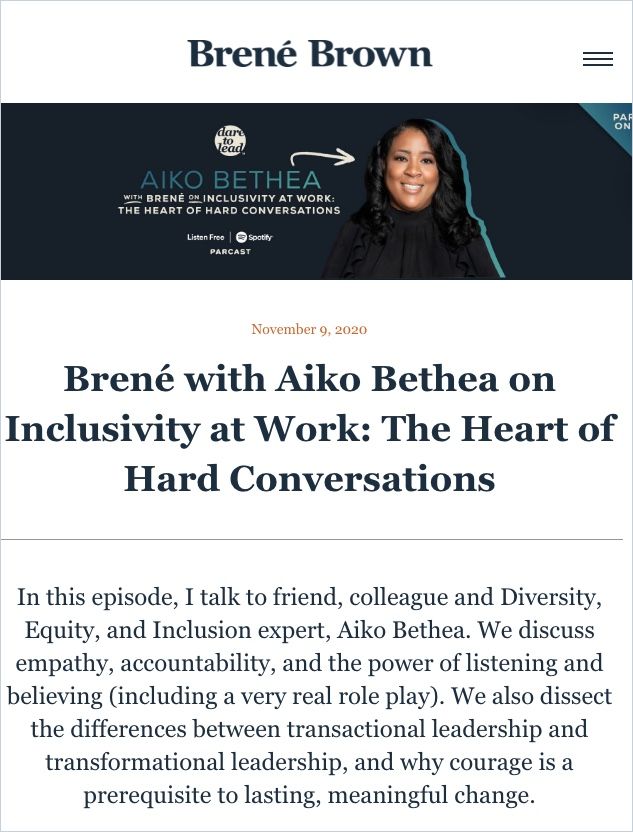
Inclusivity at Work: The Heart of Hard Conversations
Dare to Lead by Spotify Originals Read SummaryAccording to 93% of the organizations surveyed by Deloitte’s 2020 Global Human Capital Trends report, employees’ sense of belonging is essential to organizational performance. To feel they fully belong, people must be able bring their full selves to work, lawyer and dedicated parent Sarah Lux-Lee argues. And this includes all aspects of people’s personal lives: parenthood, sexual orientation, gender, ethnicity, veteran status and disability.
Integrating personal experiences and characteristics into an organization starts at the top. Lux-Lee argues. Leadership must model the vulnerability they wish employees to embrace. When, for example, a senior executive’s child climbs on her lap during a Zoom meeting, and she treats the moment lightly, more junior members of the organization feel safe acknowledging their own roles as parents.
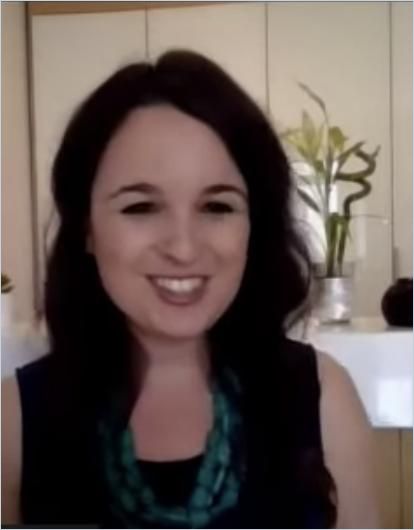
Building Belonging for a More Diverse and Inclusive Workplace
Talks at GoogleTo foster diversity, equity and inclusion (DEI), the single most important thing leaders can do is listening – a study of more than 800 organizations has revealed. According to HR thought leader Josh Bersin, listening – and acting on what you hear – enables collaboration, fosters authenticity, and engenders inclusiveness and diversity.
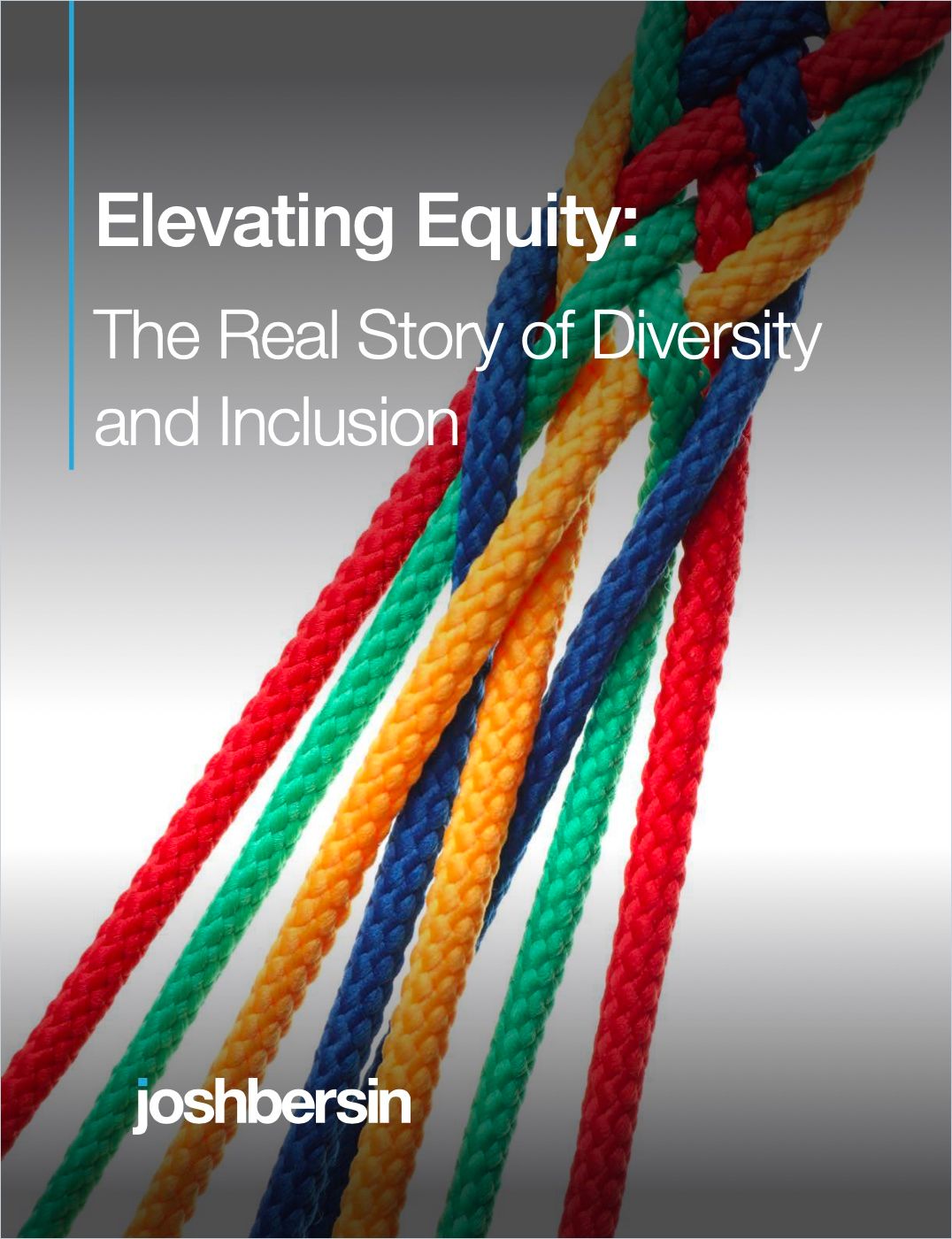
2. Inspire People to Learn
The second stage, according to Clark, is “learner safety” – making sure that people feel free to ask questions, exchange feedback and experiment.
For leaders, learner safety means creating an environment where people feel safe enough to make mistakes without fear of repercussions. According to organizational psychologist Adam Grant, psychological safety has to be continually reinforced through a feedback loop of openness and vulnerability between managers and employees. A powerful way for leaders to encourage employees to feel comfortable sharing their learning journeys is by openly discussing negative feedback they have received themselves and explaining how they were trying to improve, Grant explains in a recent publication.
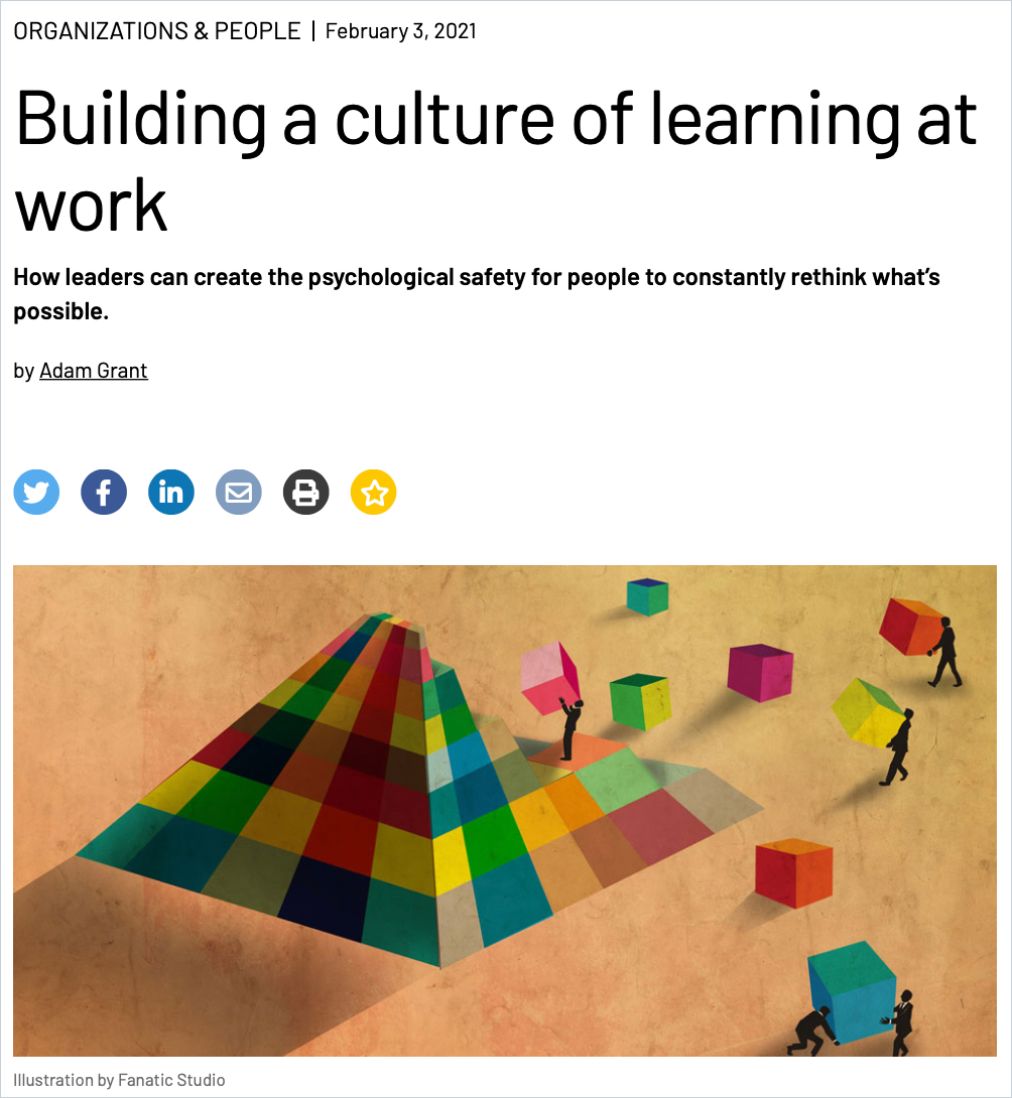
People are curious by nature. But it requires an environment where people feel safe, heard, included and respected for people to express their inborn curiosity. Paul Ashcroft, Simon Brown and Garrick Jones explain how organizations can foster a curious culture where people learn more and faster. Such a culture makes firms more innovative places where people ask questions and listen which, in turn, nurtures collaboration, cooperation and trust.
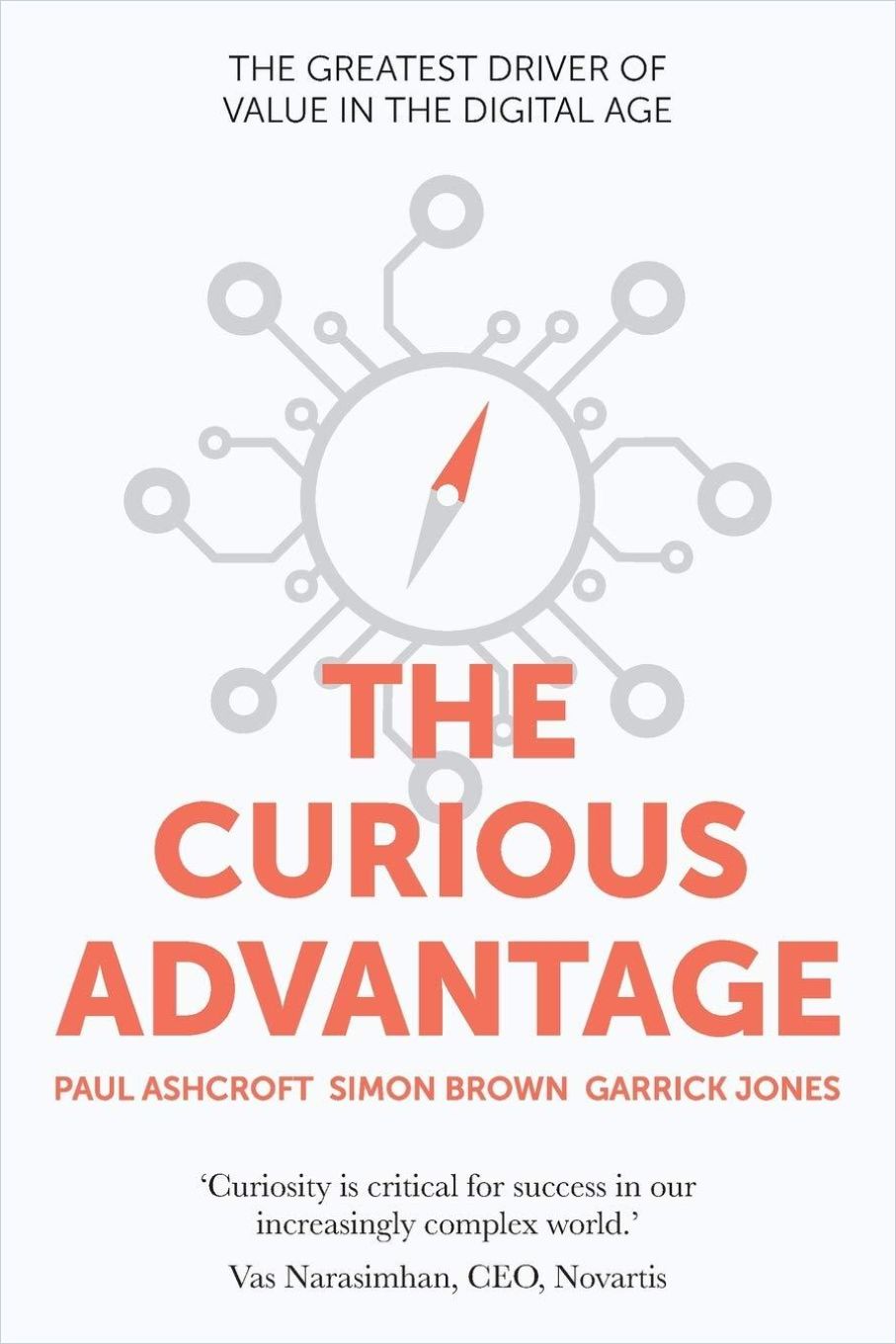
In innovative companies, workers feel comfortable asking questions. Creativity strategist Natalie Nixon explains that organizations must create a space that normalizes inquiry. Leaders must challenge their employees to start with questions and encourage employees to explore alternative scenarios. Leaders may try open sourcing solutions to problems by having everyone write their ideas on a whiteboard.
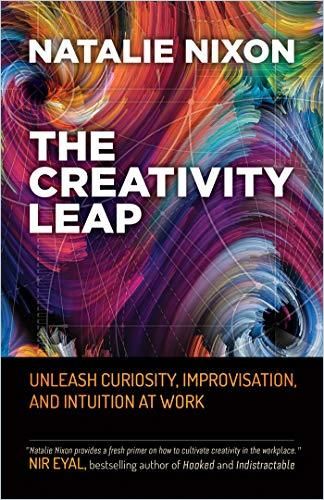
3. Empower People to Contribute
Everybody wants to feel that they can make a difference – that they can apply their skills to help the team succeed. The third stage, “contributor safety,” requires leaders to create an environment where people don’t need to fear repercussions when making mistakes.
Many leaders struggle to give up control, but giving people permission to make mistakes is essential in building trust and encouraging innovation. If a manager punishes someone for making a mistake, he or she will associate recognizing mistakes with negative feelings. Instead of wanting to find out where the job went wrong, the person becomes more likely to try to hide any mistakes. This stymies innovation because it makes people fear trying new things. In Trust Factor, Paul J. Zak shows how creating a “culture of trust” leads to a more productive, innovative and engaged workforce.
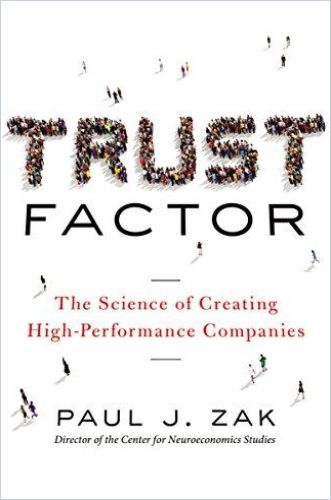
A “courageous culture,” according to consultants David Dye and Karin Hurt, is one in which people speak up and know their leaders hear and value their ideas. Leaders can encourage their more risk-averse employees to share their perspective by listening and reacting to each suggestion respectfully.
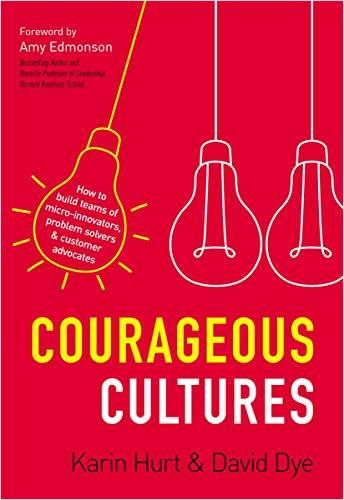
In a speech, Daniel Coyle offers an example of how a call center with high employee turnover was able to make people stay by making them feel seen and safe. The company had one focus group attend an interactive session that prompted participants to open up about themselves. Each attendee received a shirt with his or her name emblazoned on it. Seven months later, the retention rate within the group had climbed 270% because employees had received cues of safety and belonging, which made them feel connected.
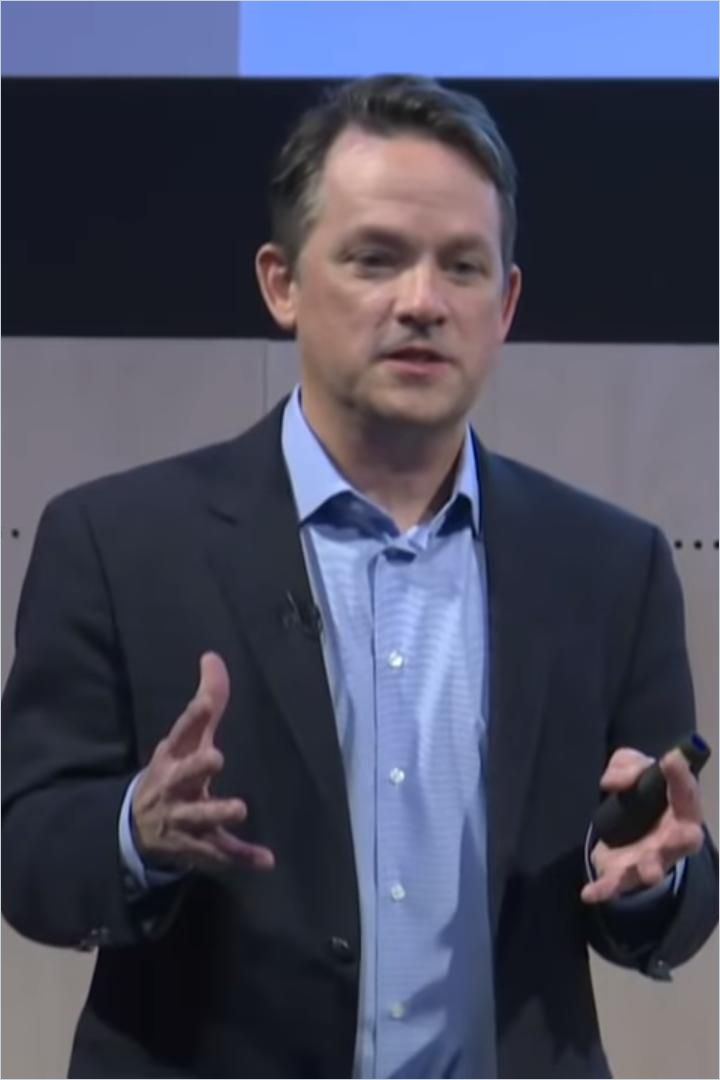
Another example of how a leader can create a fail-safe environment is the story of Jeff, told by Maya Hu-Chan, author of Saving Face. Jeff was the finance director of a global company. Under his watch, a frontline employee stole over $100,000 dollars. Jeff felt responsible for the theft as he designed and deployed the entire cash flow process that allowed the employee to commit the fraud. He was consumed with stress. But the COO told him in front of his entire team that theft is unavoidable, and that the only thing he was asking was for Jeff and his team to review the process and fix it. The COO had sent a clear message to Jeff and his team: “I trust you. Let’s focus all our energy on fixing the system so it won’t happen again.”
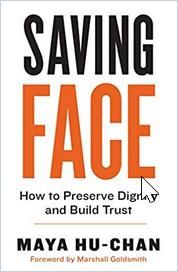
4. Enable People to Be Bold
People should feel comfortable enough to not just share an idea but to challenge the status quo when warranted. Don’t have people hold back. Clark’s fourth stage, “challenger safety,” refers to a work environment where people can express their creativity and desire to break new ground without the fear of sounding “crazy.”
Jet propulsion lab engineer Adam Steltzner’s ideas helped send a multibillion-dollar machine to Mars. NASA administrator Mike Griffin initially considered Steltzner’s ideas crazy – with the caveat that they may be “the right kind of crazy.” In his memoir, Steltzner showcases how leaders can cultivate innovation and empower teams to reach for the stars – or in this case, Mars.
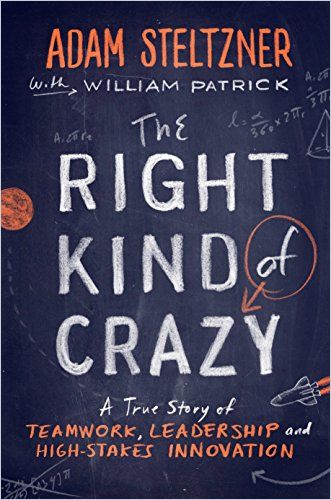
Challenging the status quo takes courage. Consultant Bill Treasurer offers strategies and techniques for leaders to help employees build up their courage muscles.
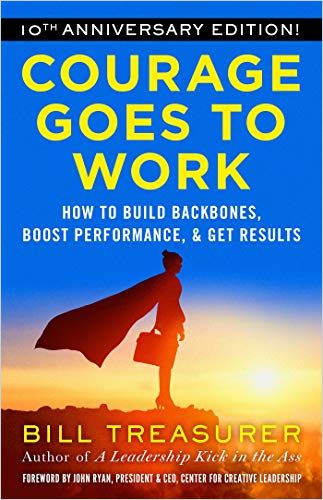
Workplace culture is powerful, especially when it reinforces people’s natural tendencies not to challenge their superiors. Cultures that exist on a foundation of fear or that overemphasize seniority and hierarchy must change before people will feel safe enough to break their silence. Efforts to create a completely open and fearless organization will take time. But Amy Edmondson convincingly explains how organizations benefit from the journey toward fearlessness.
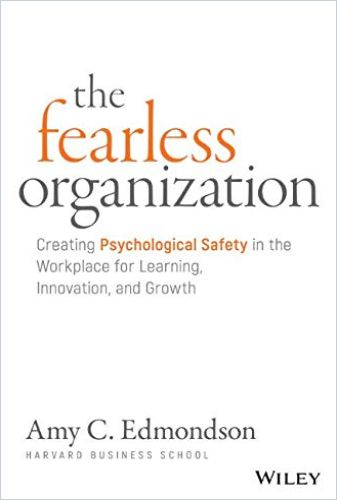
Agile companies depend on people’s willingness to leave their comfort zone. The first responsibility of a leader is to show that doing so is safe.
